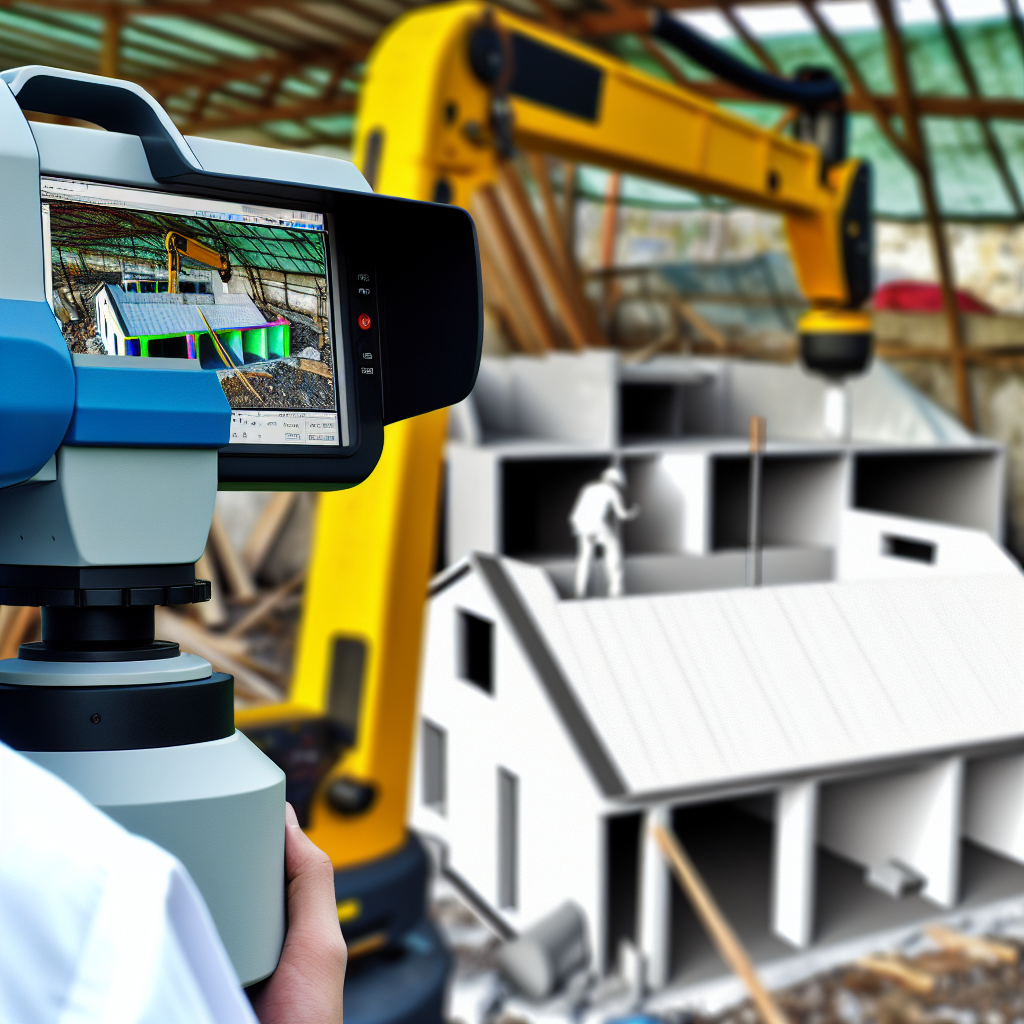In recent years, the integration of **Scan to BIM** technology has revolutionized the construction industry by enabling real-time utilization of point cloud data. This advancement significantly reduces costly errors, enhances project accuracy, and improves collaboration across teams. In this article, we explore how leveraging these cutting-edge tools can streamline construction workflows and prevent expensive mistakes before they happen.
Harnessing Real-Time Point Cloud Data for Construction Accuracy
**Point cloud data** collected through 3D laser scanning provides a highly detailed and accurate digital representation of existing environments. When integrated with Building Information Modeling (**BIM**), this data offers real-time insights into the current state of a construction site, facilitating precise planning and coordination. This synergy helps identify design clashes, discrepancies, and physical constraints early in the project timeline.
By utilizing **Scan to BIM** workflows, project teams can visualize complex geometries and spatial relationships with unmatched clarity. The immediate availability of accurate site data minimizes the risk of errors caused by misinterpretation or outdated plans, ultimately leading to a significant reduction in rework, delays, and budget overruns. Such proactive problem-solving ensures that projects stay on track and within financial parameters.
Minimizing Costs and Improving Collaboration with Real-Time Data
Implementing **Scan to BIM** with real-time point cloud data fosters enhanced communication among stakeholders, from architects and engineers to contractors and clients. This shared, dynamic platform ensures everyone works from the same accurate data set, reducing misunderstandings and misalignments on-site. It also enables quick decision-making, as teams can instantly see the impact of modifications or unforeseen issues.
Furthermore, detecting potential errors before construction begins saves considerable costs associated with rework and change orders. The ability to compare scanned as-built conditions with design models in real-time means issues are addressed proactively rather than reactively. This digital transparency not only minimizes financial risks but also accelerates project delivery and boosts overall efficiency.
In conclusion, integrating **Scan to BIM** with real-time point cloud data transforms traditional construction practices, offering unparalleled accuracy, collaboration, and cost savings. As technology continues to advance, adopting these tools becomes essential for modern construction firms aiming to eliminate costly mistakes, enhance productivity, and deliver projects with greater precision.
